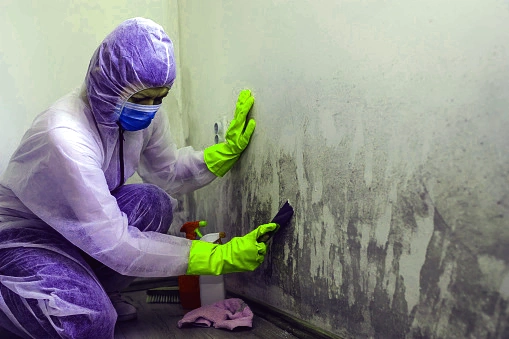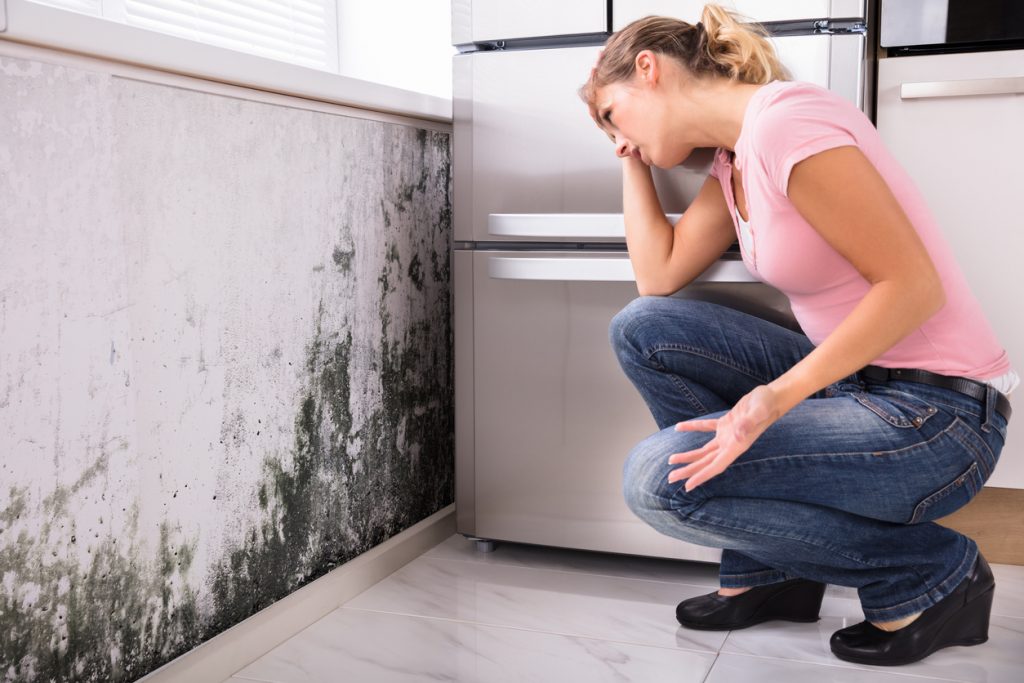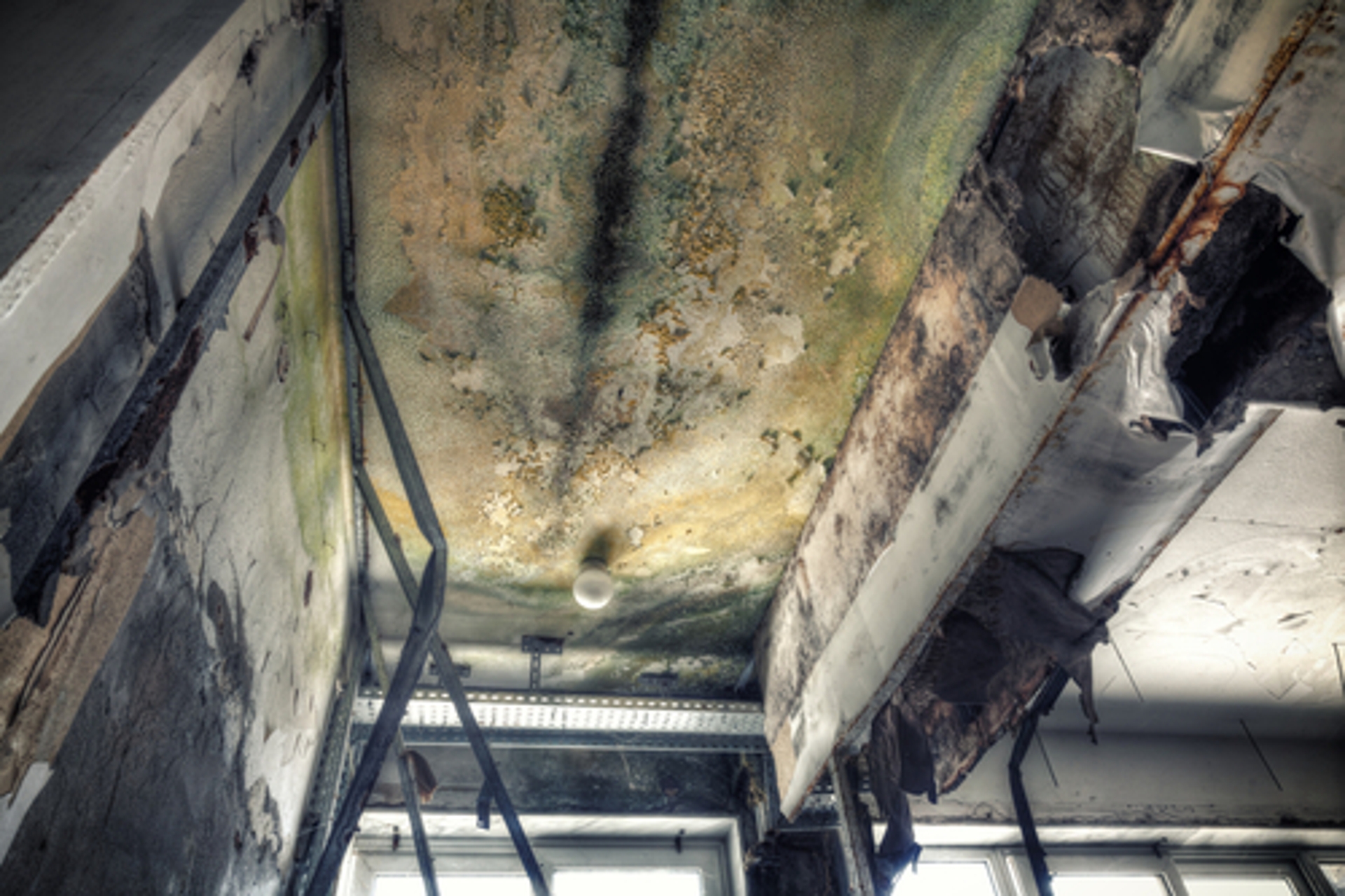Accuracy Mold And Mildew Remediation Techniques for Making Certain a Healthy Living Environment
In the world of keeping a healthy and balanced living environment, the efficacy of mold removal methods stands as a critical facet that demands precision and competence. By checking out the intricacies of mold and mildew removal methods, one can obtain insight into protecting versus mold-related problems and fostering a much healthier environment.
Comprehending Mold Growth Variables
Recognizing the essential factors that add to mold and mildew development is necessary in developing reliable methods for mold remediation. Mold and mildew needs three primary aspects to thrive: wetness, appropriate temperature levels, and natural product for food. Dampness is maybe the most crucial aspect as mold spores can swiftly spread and colonize in wet settings.

Evaluation of Mold Infestations
Having identified the key variables that add to mold and mildew growth, the following vital action is assessing the degree of mold invasions within a residential property. Mold assessment includes a thorough assessment to establish the kind of mold existing, the affected locations, and the extent of the invasion. Expert mold assessors make use of a combination of aesthetic examination, moisture meters, thermal imaging video cameras, and air sampling to gather data on the mold and mildew problem.
Visual assessment is usually the very first step in assessing mold problems, where experts visually examine locations vulnerable to mold and mildew development, such as restrooms, basements, and attics. This helps identify noticeable mold and mildew development and locations with indications of water damage or high wetness levels. Moisture meters are then used to detect moisture degrees in structure products, helping in finding covert mold development behind ceilings or wall surfaces.
In addition, thermal imaging electronic cameras can be used to find temperature differences that may suggest wetness issues promoting mold growth. Air tasting is another vital strategy utilized to collect air-borne mold spores, providing details on the concentration and types of mold and mildew present in the interior atmosphere. By utilizing these analysis techniques, professionals can properly examine the mold problem and establish an effective removal strategy to ensure a healthy and balanced living atmosphere.

Applying Targeted Removal Approaches
To effectively attend to mold and mildew invasions, executing targeted remediation strategies is necessary for getting rid of the origin creates of mold development and ensuring a mold-free atmosphere. These methods include a systematic method tailored to the particular mold problems determined during the assessment phase. By targeting the hidden elements adding to mold development, such as moisture intrusion, poor ventilation, or structure material defects, removal initiatives can be a lot more specific and efficient.
One targeted remediation approach is to address water leakages immediately to protect against wetness build-up, which is a main chauffeur of mold and mildew spreading. This might involve fixing pipes leaks, boosting drainage systems, or improving waterproofing actions. In addition, boosting ventilation in wet areas can help in reducing humidity levels, developing a setting much less helpful to mold development.
Moreover, targeted removal techniques may consist of removing and changing mold-infested products, such as drywall or insulation, and applying antimicrobial treatments to inhibit future mold advancement. Normal surveillance and maintenance are important to maintaining a mold-free environment complying with removal initiatives - best mold remediation philadelphia. By implementing these targeted techniques, homeowner can efficiently deal with mold and mildew invasions and promote a much healthier living setting
Utilizing Advanced Mold Removal Technologies
Incorporating state-of-the-art modern technologies is extremely important in the effective removal of mold and mildew problems and making sure lasting avoidance measures. Advanced mold removal technologies play a critical function in addressing mold and mildew concerns successfully and thoroughly. One such technology is using High-Efficiency Particulate Air (HEPA) look at here now filtration systems. These systems can capture and filter out mold and mildew spores and various other airborne fragments, considerably reducing the spread of mold throughout removal.
Furthermore, progressed mold elimination innovations include infrared electronic cameras that can find surprise moisture resources within wall surfaces or ceilings, aiding in the specific identification of locations vulnerable to mold and mildew growth. best mold remediation philadelphia. This technology makes it possible for removal professionals to target afflicted locations much more precisely, resulting in an extra complete removal procedure
Ultraviolet (UV) light treatment is another cutting-edge modern technology used in mold and mildew remediation. UV light can kill mold spores and hinder their development, especially in hard-to-reach or inaccessible areas. This method is non-invasive and eco-friendly, making it a favored selection for mold and mildew elimination in sensitive environments. By leveraging these sophisticated innovations, mold and mildew removal specialists can properly eliminate click for source mold invasions and produce a much healthier living environment for residents.
Preventing Future Mold Recurrences
With the effective elimination of mold and mildew invasions using innovative modern technologies, the focus now changes towards executing durable methods to avoid future mold reappearances. Stopping mold and mildew from returning is important for preserving a healthy interior environment.
Proper ventilation is another crucial element of mold prevention. Guaranteeing adequate airflow in all locations of the building can assist minimize humidity levels and protect against wetness build-up. Utilizing dehumidifiers in wet areas such as basements can likewise assist in regulating wetness degrees.
Maintaining tidiness and promptly attending to any water damage or spills can further aid avoid mold and mildew development. Normal cleaning routines ought to consist of dusting, vacuuming, and cleaning down surfaces to stop the accumulation of mold spores.
Informing passengers regarding mold prevention techniques, such as appropriate ventilation and moisture control, can also add to an aggressive strategy in preventing future mold and mildew concerns. By carrying out these techniques, the threat of mold and mildew reoccurrences can be dramatically minimized, bring about a healthier living environment.
Conclusion
By comprehending mold development aspects, evaluating More Info infestations, implementing targeted approaches, using sophisticated removal modern technologies, and stopping future recurrences, one can properly deal with mold concerns. It is essential to prioritize mold and mildew remediation to ensure the health of residents and protect against prospective health dangers associated with mold and mildew exposure.
